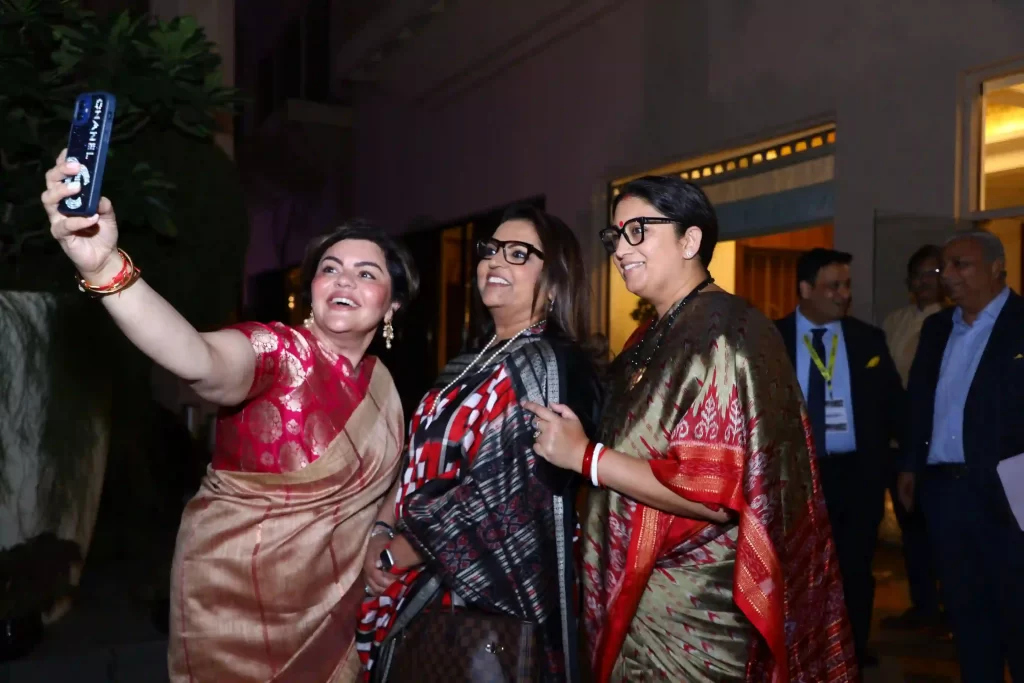Step by Step approach control Food and Beverage cost of your hotel or restaurant.
Food and Beverage cost is the biggest cost for any restaurant which range between 30-40% of revenue depending on the style of restaurant. Food cost affects the restaurant’s profitability to a significant level and can be volatile due to a few reasons beyond hotels controls (such as sudden inflation or shortage of supply etc). (learn more about hospitality cost control) Basic Calculation and control preparation methods Calculate the standard Food and beverage cost for each menu item based on the f&b recipe.
Cost calculation should be based on market price and kitchen menu ingredient. The market price for ingredients keeps changing hence standard cost % need to be updated at least every six months. Set the selling price by comparing with competitor price and hotel signature dish popularity. Selling price proposal preparation done by the chef, cost team and management/owner approve the selling price. Above two steps would provide budgeted/estimated overall ideal food cost % which is the very first step in the cost control process. Cost % will vary based on the recipe, menu style & variety. A larger menu will carry high food cost due to mis-em-place and variety making kitchen par higher. Calculate Monthly Food and Beverage Cost – To prepare monthly food & beverage cost following data would be required.
Monthly total purchase amount for food & beverage categories base on daily receiving record. Inter Kitchen transfer for ‘Food to Bar’ and ‘Bar to Food’ outlets. Physical Inventory closing Stock from all F&B kitchens, outlets and Storage Area. Those closing balance should be base on system closing balance. System closing balance should be matched with actual ground stock balance and any discrepancy should be monitored and if there are losses (its investigated and adjusted to food cost) Credits from Food cost complimentary, entertainment, officer meal, welcome Fruit and Drink. Guest Supply such as tea and coffee. F&B promotion and discounted bills.
The draft calculation for food & beverage cost % is as below
Opening Balance + Purchase – Closing Balance = Gross consumption
Gross Consumption – Other Credit bills such as non-chargeable amount = Cost of Good sold
(Cost of goods sold / Revenue )*100 = F&B cost %
Apart from Calculating the cost report, F&B cost controllers usually need to review below-mentioned reports as well. Breakage and Loss report for operation equipment. Spoilage and Damage of food & beverage items (to ensure spoilages and breakages are not exceeding tolerance levels) Monthly slow-moving & non-moving report Menu Engineering / Sale Mixed report Typical Cost control process is outlined below. Cost controlling process starts from purchasing. It is very important that purchase processes are adequate to ensure price remains within original estimates. quality is as determined in the initial setup and there are enough controls to ensure compensation for loss due to deviation in yield and quality.
There needs to be an adequate control for approval of purchase requisition (PR), a purchase order (PO) to ensure only adequate and relevant material is sourced. Cost control department has checked the purchase requisition to ensure the maintenance of PAR levels, minimum re-order levels (more about setting up PAR levels) After purchasing process, the material would be received at hotel/restaurant premises. There are series of controls which are necessary to follow at receiving area Check the item quality and quantity as agreed in quotation/contract specification. Chefs are checking the quality of items received especially for fresh items Temperature control items are received in special vehicles and immediately transferred to the storage area to maintain shelf life. Wastage/packaging materials are not included in real weight or enough allowance is made to ensure hotel pays for real material only. Cost Control Department or assignment person randomly conducts few tests to ensure quality/yield of material received is as per specifications. “butcher/yield test” is one of most important test in controlling quality and quantity of food items (Learn more about yield test/butcher test in this online course) Compare portion cost after trimming with ready-made item purchase prices to ensure hotel does not pay extra.
Visual inspection especially for near expiry material. Food Storage controls are equally important. Cost controller must ensure that goods should be properly stored and issue a base on hotel inventory method LIFO, FIFO etc. Material is issued based on the approved process and as per delegation of authority Storage of good need to be in accordance with store policy & procedure (light/moisture/ pest controls). hygiene standard at store facility to ensure no loss or damage to the food items. Monthly cost control spot checks to ensure all the above processes are working as designed. Monthly Bar Spot check and Kitchen Spot Check Market Survey conducting together with Purchaser and Chef: Team Receiving and Store area inspection counted and weight. Controlling the store issue and stock movement. Monitoring monthly physical inventory taking and checking variance between physical ground stock and book balance. Buffet Testing, Yield/Butcher test need to do at least 3 months 1 time.





